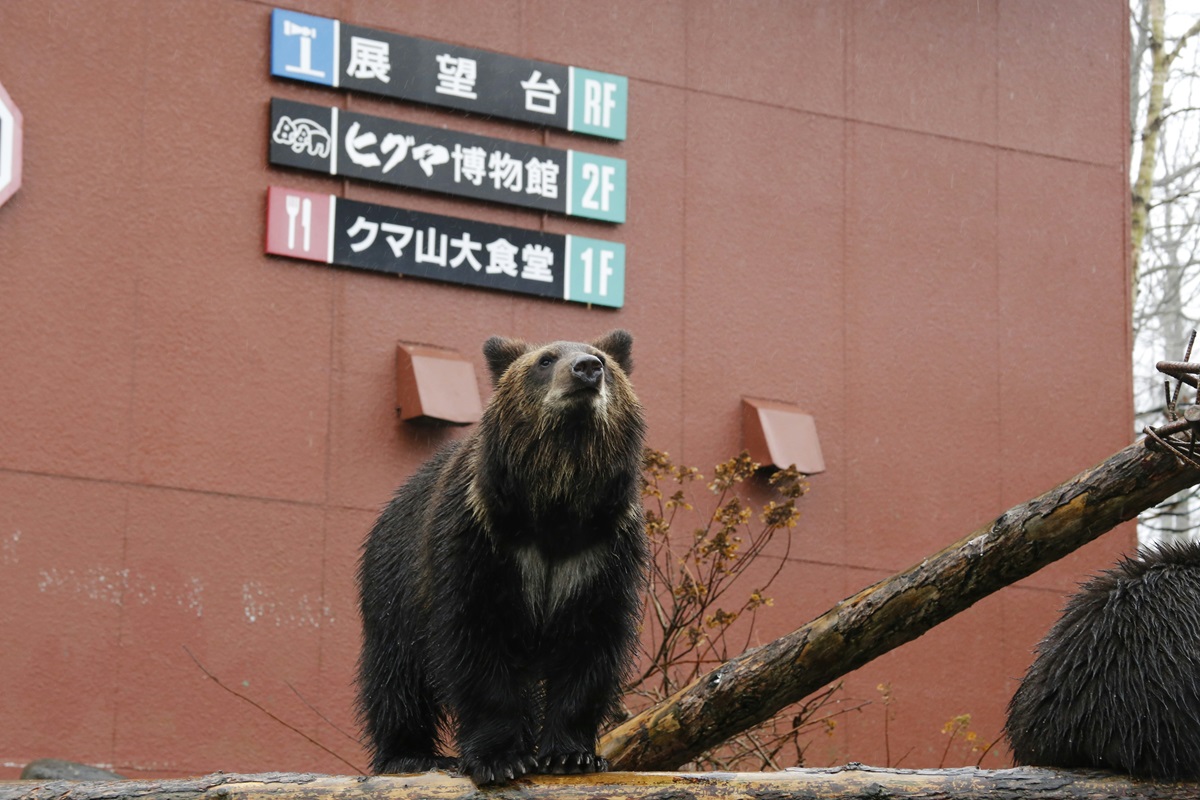AI to control bears in Japanese cities
Sightings and attacks on people are on the rise: already 56 incidents this year, with two people killed. To curb the phenomenon, several municipalities are adopting systems based on video cameras "trained" to automatically detect if the moving figure is a bear and raise the alarm.
Tokyo (AsiaNews/Agencies) - The number of bears pushing into urban areas in search of food is also on the rise in Japan. Kyodo news agency reports that in an effort to reduce the danger posed to humans, several Japanese municipalities have begun using an artificial intelligence-assisted surveillance system.
Cameras have been installed along riverbanks, on mountain roads, and in residential areas with the cooperation of private companies. Images captured by these devices are analyzed around the clock to notify authorities and residents of bear sightings, helping to ensure public safety.
Preliminary figures from the Ministry of Environment speak of 10,704 bear sightings from April through July, far exceeding the 8,536 cases from the same period last year, which already saw the highest number of human casualties ever recorded in Japan. By July, 2,471 bears had been killed or captured, while from April to August there were 56 human fatality incidents involving 58 people, including two deaths.
Brown bears in Hokkaido and black bears in Honshu and Shikoku are the two species that populate Japan and live in at least 34 prefectures, according to the ministry. In recent months, national and local headlines have reported incidents of people encountering bears, including one spotted playing in a river at a popular tourist resort.
The surveillance system works through cameras that detect moving objects. The data is then sent to artificial intelligence, which has been trained on about 50 thousand images of bears and sends an alert only if it identifies the moving figure as such.
Adoption of the system in the city of Komatsu has apparently reduced the heavy reliance on local hunters, traditionally the main resource for dealing with threats posed by bears and other animals. The Ministry of Environment also began trials in Toyama Prefecture to determine whether the artificial intelligence-based reporting system could detect bears using images from existing surveillance cameras.
Hiroshi Saito, a professor at Aizu University in Fukushima Prefecture, points out that bears tend to frequent residential areas, regardless of the number of times they are sent away. However, Saito is not opposed to a more aggressive approach, having developed a system that emits strong lights and sirens to drive the animal away once detected by an artificial intelligence-based camera. Twenty such cameras have been installed at six locations in Fukushima Prefecture to determine the effectiveness of the system.







.png)










